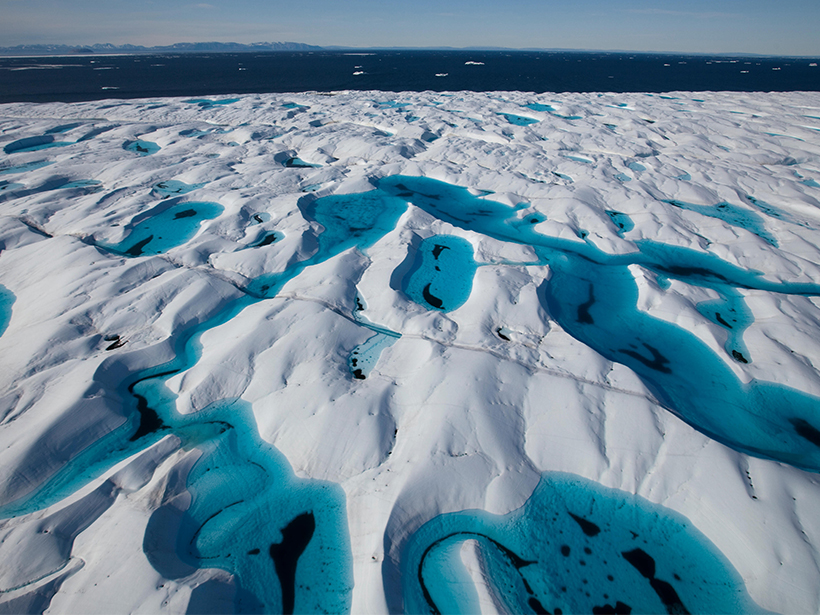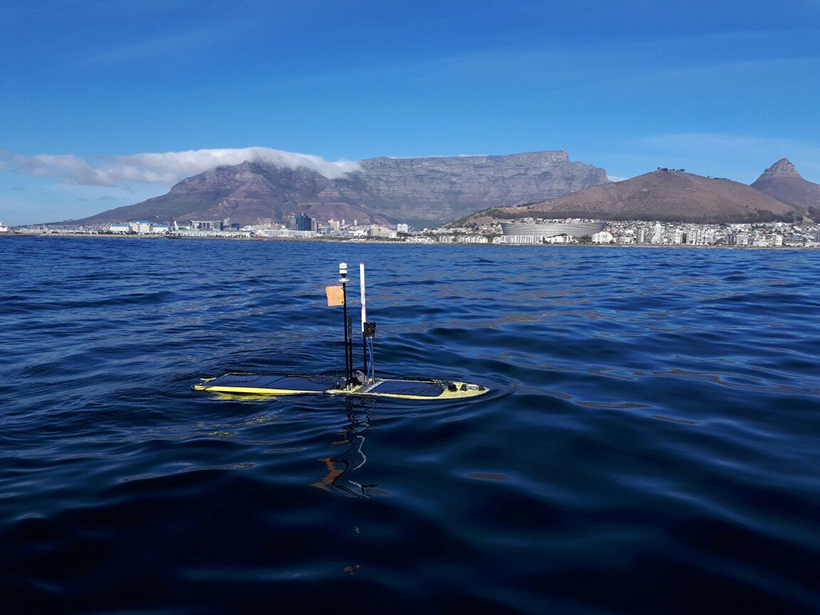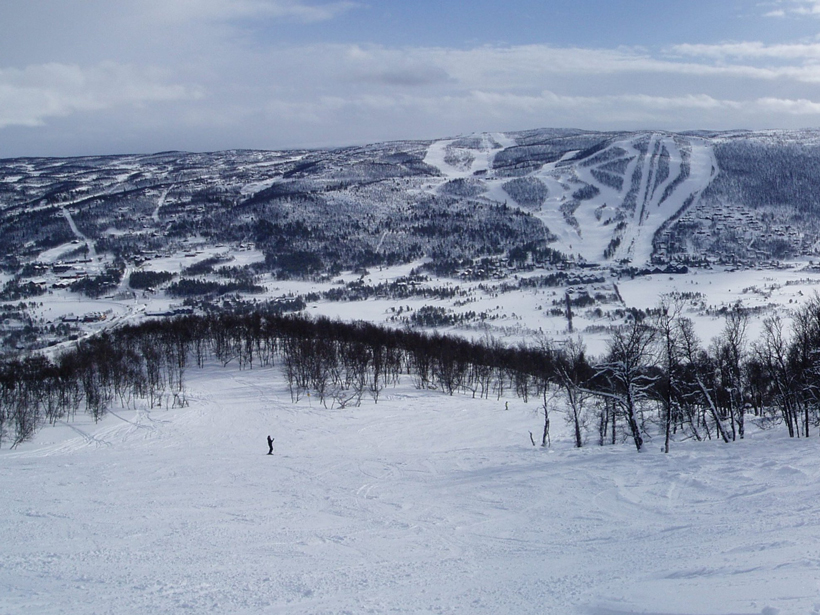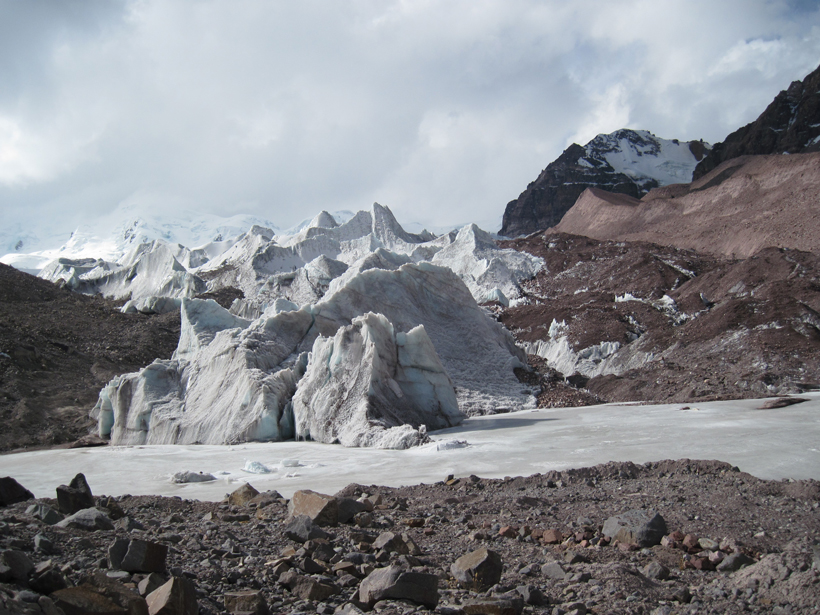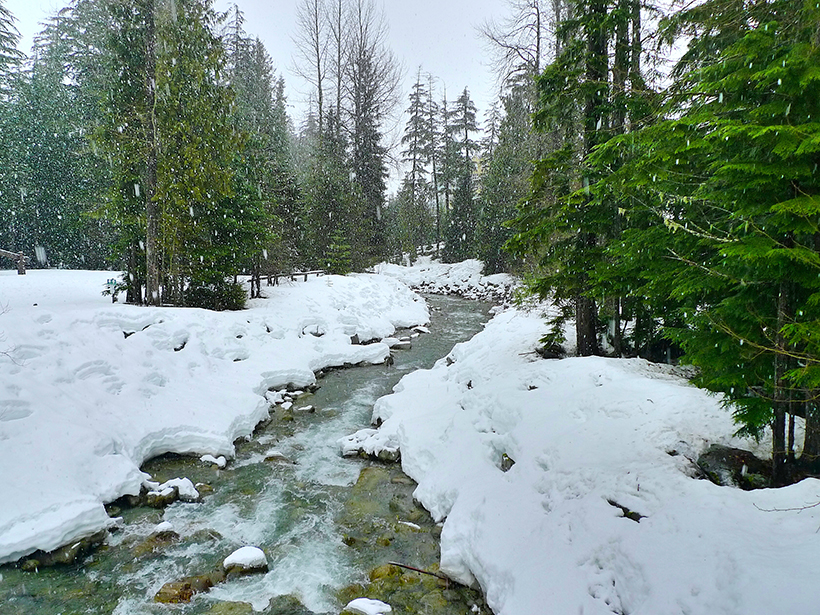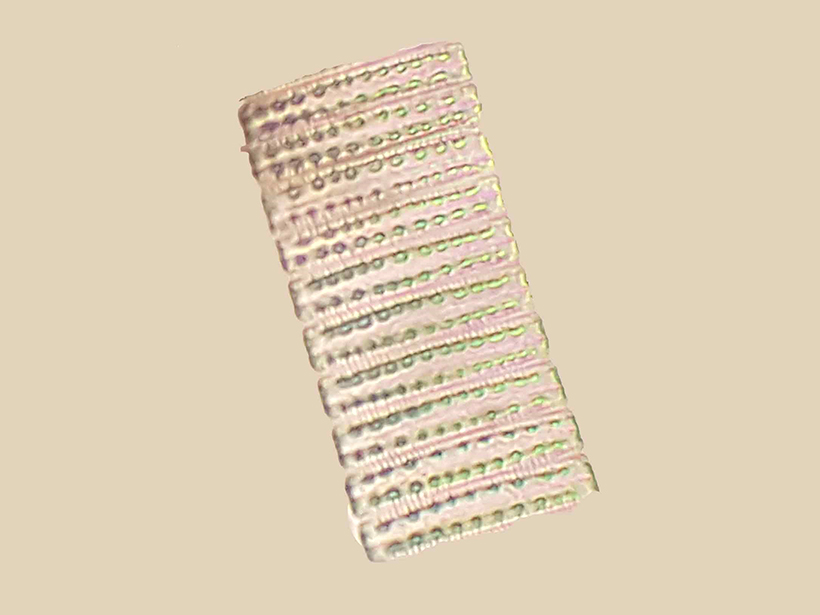The Mississippi River and its delta and plume provide insights into research-informed approaches to managing river-dominated coastal zones.
Climate Change
Studying Soil from a New Perspective
Cosmic ray neutrons probe soil moisture in the Great Plains.
Rare Glacial River Drains Potentially Harmful Lakes
Antarctic lakes have contributed to ice shelf breakup in the past, but a glacier in Greenland appears safe from a similar fate, thanks to a river that drains away water.
Emperor Penguins’ Huddles Change in Response to Weather
How quickly the penguins huddled when weather worsened provided clues about their feeding success and how climate change may alter the Antarctic biosphere, according to scientists.
Ocean Gliders Ride the Research Wave in the Agulhas Current
Off the east coast of South Africa, robotic ocean gliders deployed in the Agulhas Current capture new data that help us better understand how energy dissipates in the ocean.
An Evolving Framework for Advancing Climate Services in Norway
Meeting of the Norwegian Centre for Climate Services; Geilo, Norway, 25–26 October 2017
After a Glacier Retreats, Plants Thrive Thanks to Phosphorus
Grasses, small flowers, and mosses colonize glacial till in the Peruvian Andes when researchers apply a phosphorus fertilizer, an ecological surprise with implications for carbon sequestration.
Raising a Tantrum About Climate Change
One year ago today, President Trump vowed to exit the United States from the Paris climate pact. Eos discusses this with climatologist Michael Mann, author of the new book The Tantrum that Saved the World.
How Can We Find Out How Much Snow Is in the World?
In Colorado forests, NASA scientists and a multinational team of researchers test the limits of satellite remote sensing for measuring the water content of snow.
New Paths for Plankton in Warming Arctic?
Water flowing from the Pacific to the Atlantic could find new shortcuts, enabling plankton to survive the trip through the cold polar region.



